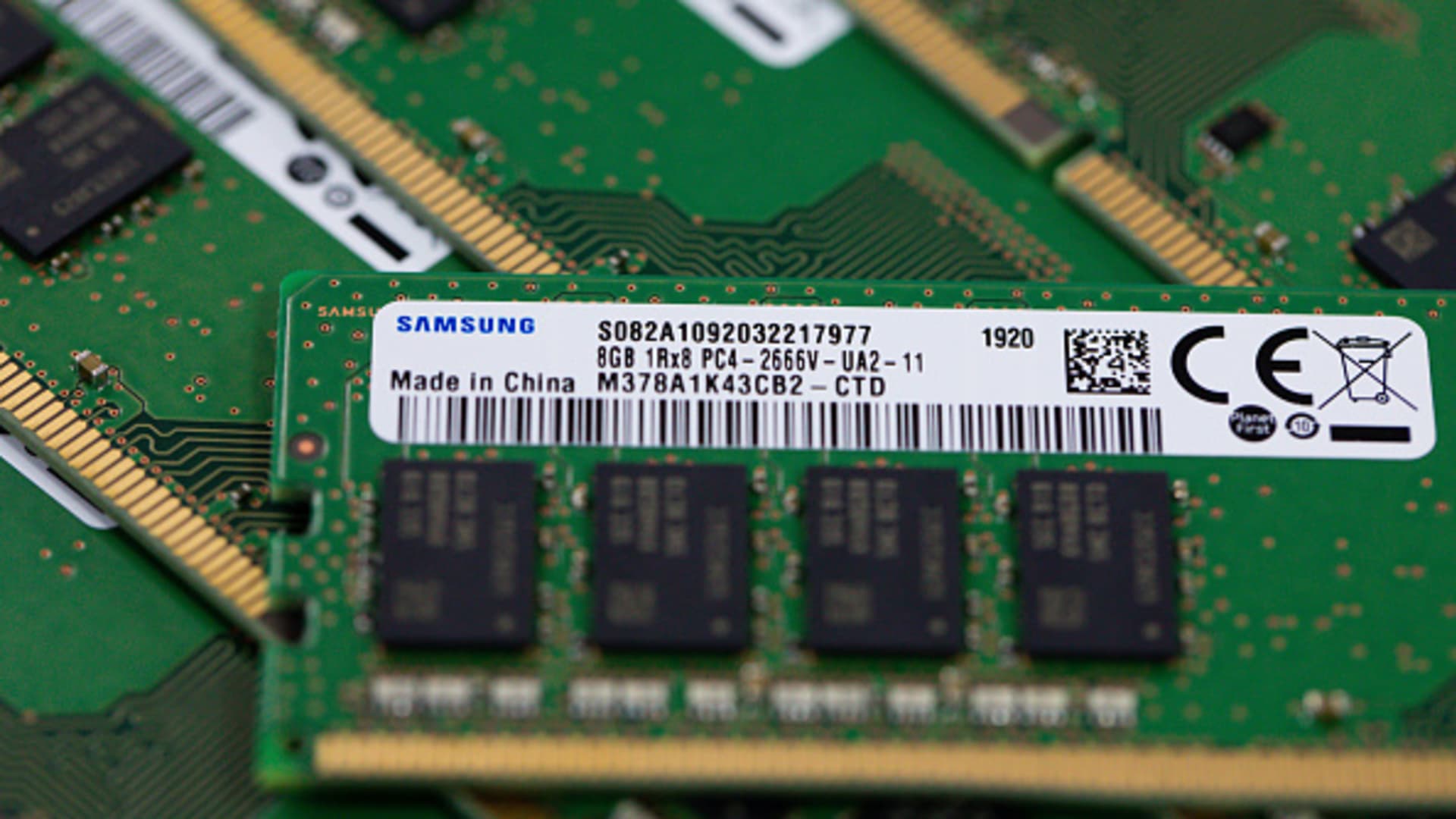Peloton strikes a deal to sell fitness equipment and apparel on Amazon


Peloton has struck a partnership with Amazon in a bid to broaden its customer base and win back investors’ confidence, as revenue growth slows from pandemic highs and its stock price plunges.
In its first foray outside of its core direct-to-consumer business, Peloton starting Wednesday will be hawking a selection of its connected-fitness equipment and accessories on Amazon’s website in the U.S.
That will include its original Bike, which retails for $1,445. It will also be selling its strength product known as Peloton Guide, which costs $295. Excluded from the tie-up are its more expensive Bike+ and Tread treadmill machine.
Peloton’s stock rallied to end the day up more than 20%.
Peloton’s Chief Commercial Officer Kevin Cornils said there are already about half a million searches on Amazon each month for Peloton’s products, despite its lack of presence on the site before Wednesday.
“Post-Covid, the retail environment — online and in stores — is continuing to evolve, and that’s something that we’re trying to understand better to make sure the Peloton of the future is calibrated appropriately for that,” Cornils said in a phone interview.
“We want to make it as easy as possible to get a Peloton,” he added.
This will mark Peloton’s first partnership with another retailer to sell its merchandise. Until now, the company has relied on its website and physical showrooms, selling directly to consumers. But under CEO Barry McCarthy, who took over in February, Peloton has committed to widening its distribution globally and lowering customer acquisition costs to get the business back to profitability.
Peloton embarked on an $800 million restructuring plan when the company’s founder, John Foley, stepped down from the CEO role in February as costs spiraled out of control and losses mounted. It has since been testing a subscription model for its equipment, as another way to drum up sales. Peloton also exited all of its in-house manufacturing to simplify its supply chain.
Earlier this month, the company announced additional cost-cutting measures, including more layoffs, store closures, about-face price hikes and exiting the last-mile delivery business.
Peloton’s share price is down around 62% year to date, as of Wednesday’s market close. Its market cap has fallen to around $3.7 billion, from as high as $50 billion in early 2021.
The move onto Amazon signals McCarthy, formerly of Netflix and Spotify, is not afraid of taking risks to get the business back on stronger footing. McCarthy has also said that Peloton’s goal is to one day count 100 million members, a goal that Foley laid out in 2020. Peloton ended its latest quarter with about 7 millions members.
Testing the waters
In addition to the Bike and Guide, Peloton will sell on Amazon a selection of accessories, including its branded cycling shoes, bike mat, weights, yoga blocks, water bottle and heart rate armband. Shoppers will also see an assortment of its branded apparel, including sports bras, leggings, shorts, tank tops, hats and jogger pants.
“This is a really good start for us, with a digital retailer, to test the waters,” Cornils explained.
Over time, it’s possible Peloton will adjust its assortment on Amazon as it learns what people are looking for, he said. It’s also possible Peloton will look to other retailers for similar deals to extend its reach, he added.
It could also make sense for Amazon and Peloton to consider making the fitness company’s live and on-demand workout content another perk for paying Amazon Prime customers. Cornils didn’t confirm whether this was a possibility.
Analysts have been speculating that Peloton is considering ways to broaden the distribution of its content under McCarthy, a content and subscription guru.
Shoppers who buy a Peloton Bike from the Amazon site will be able to select a self-assembly option rather than schedule time with a professional to put it together. The option for expert assembly will be available for people who would prefer it.
Cornils said it will be a learning experience for the company to see what customers prefer and how they respond to a self-assembly option. This is not something that Peloton has offered before, but it’s another way the company can slash costs.
Peloton’s support team will manage ongoing customer service requests related to repairs, maintenance requests, subscriptions and general inquiries, according to the company, while Amazon’s customer service team will provide support for product purchases, delivery, installation and returns.
“Physical retail is always going to be an important part of our strategy,” said Cornils. “This is more of a reflection of us trying to match the consumer.”
Peloton is set to report its fiscal fourth-quarter results before the market opens on Thursday. Analysts are expecting the company to book a per-share loss of 72 cents on revenue of $718.19 million, according to Refinitiv consensus.
This post has been syndicated from a third-party source. View the original article here.




